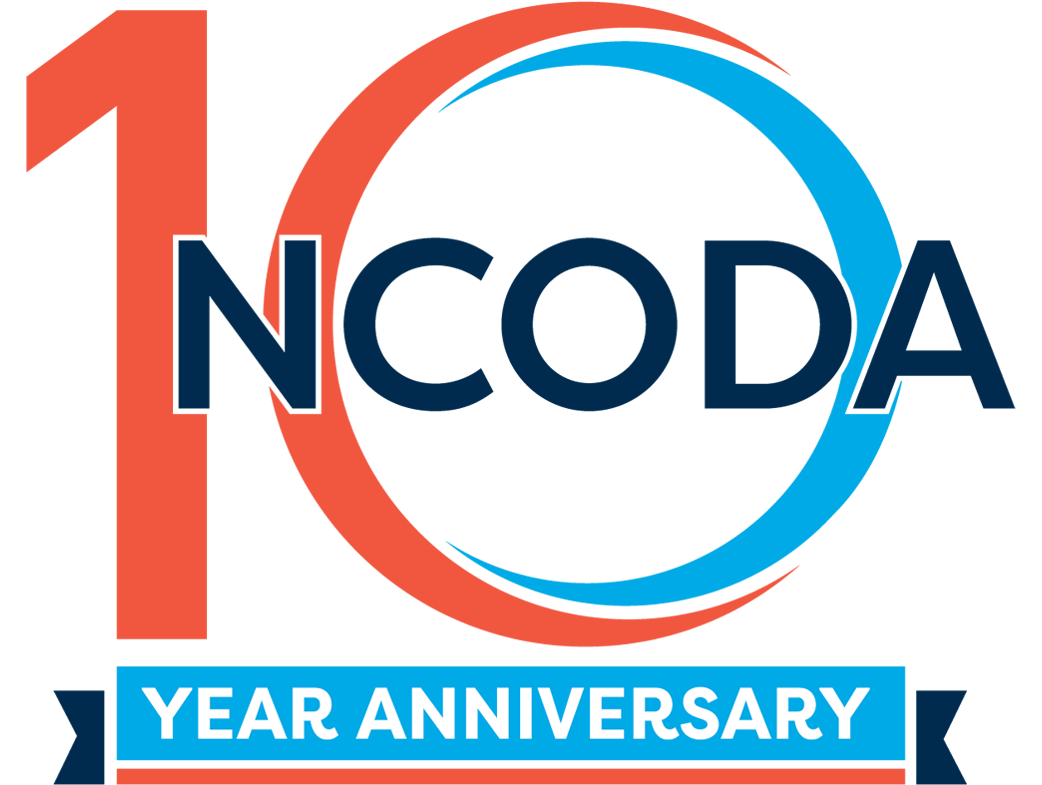2026 International Spring Forum
April 15, 2026 | 12:00 PM EST
Alternative Funding Programs: Implications for Patient Care
Published Date: September 25, 2025

Authors: Mary K Anderson, BSN, RN, OCN, Sr. Manager of Nursing Membership & Professional Development; Taryn Newsome, CPhT, Associate Manage of Membership & Professional Development – Pharmacy Technicians
In recent years, the adoption of Alternative Funding Programs (AFP’s) has increased as employers seek lower cost insurance options for their employees and as insurers aim to offset the growing cost of specialty medications. While AFP use is not yet widespread among large employers, adoption is on track to grow, with one in three businesses reporting that they are exploring this option. 1
AFPs are for-profit vendors that market to self-funded employer health plans as a solution for accessing specialty drugs excluded from the plan coverage. In practice, they redirect patients away from traditional drug benefits toward alternative sources such as charitable foundations, manufacturer coupon cards, and patient assistance programs (PAPs).
Insurance plans and AFPs function in one of two ways, either of which create confusing and distressing situations for patients:
- Benefit Exclusion: The entire category of specialty medications is excluded from coverage, and patients are offered to work with the AFP vendor to try and seek the drug through another source.
- Automatic Denial: In some cases, employers do not inform beneficiaries in advance that specialty drugs are excluded from the pharmacy benefit. Instead, the drug is subjected to prior authorization and automatically denied, requiring patients to work with the AFP vendor to find the medication through an alternate source.
As the utilization of AFPs continues to grow, so has the scrutiny surrounding their lack of transparency and patient centeredness. Employers often adopt AFPs as a cost saving strategy without fully understanding the barriers these programs create for patients. Patient assistance programs and advocacy groups are also becoming increasingly aware of the business practices behind AFPs. While these programs may initially reduce costs for health plans, they can harm patients and may not provide the benefits the employers expect.2
What We Are Hearing from the Front Lines: AFP Pain Points on Oncology Practice
To better address the growing access issues created by AFPs, this summary highlights challenges reported by NCODA members and pharmacy professionals who work every day to support patients navigating complex and often overwhelming medication access systems.
Lack of Patient Awareness
Most patients are unaware their employer’s health plan contains an AFP provision until a claim is denied. This lack of transparency leads to confusion, frustration, and delays in taking the next steps to secure therapy.
“The patient doesn’t understand his benefits, and unsure what to do. However, the doctor wants the patient to start treatment right away”- NCODA Practice Member
Clinician Confusion
Oncology and pharmacy teams often struggle to identify AFP provisions within an insurance plan due to lack of transparency and clarity in how these programs are communicated. Prior authorization responses frequently include vague statements such as “non-specialty medication covered,” leaving clinicians uncertain about next steps and adding administrative burden. Numerous NCODA members have described the frustrating cycle of medication exclusions and prior authorization denials. Directing patients to enroll with the AFP vendor, applying for assistance, receiving a denial, and then using that denial to pressure the insurance plan into granting coverage.
“I have a patient whose insurance excludes all specialty medications, and he was just denied free drug because he is commercially insured. I have been told by his insurance there is no way to get the medication covered. I am at a loss on what to do.” – NCODA Practice Member
Delays in Access to Treatment
Because of coverage denials and the need to apply for alternative funding, patients experience a lengthy, complex, and often confusing process that significantly delays the start of therapy.
“The saddest part is the delays. It shouldn’t be like that!”- NCODA Practice Member
Restricted Access to Charitable Foundations and PAP Limitations
Many manufacturers foundation PAPs have stopped enrolling patients with AFP embedded plans, citing misuse of PAP resources by insurers. Patients with AFPs are often ineligible for charitable foundation grants, and even when grants are approved, the full cost of the drug must be covered by the grant, exhausting funds within a few months.
“We refer to these as diversion programs…I will be very frank and say that these situations are as hard and painful and fraught for us internally…as they are for all of you.” – NCODA Industry Partner
Financial Burden
If the AFP efforts fail to secure funding or medication, patients may be responsible for the entire cost of their medication. This creates a significant and often unaffordable financial burden. Additionally, any out-of-pocket costs incurred by the patient do not apply towards their deductible or out of pocket maximums.
Psychological Distress
Medication denials, treatment disruption, and the complexity of navigating assistance programs create stress, anxiety, and a sense of hopelessness for patients and their families.
Potential Safety Concerns
In some cases, AFP vendors seek to source medications from international pharmacies that are not regulated by the FDA, raising concerns about drug quality, authenticity, and patient safety.
“I am not surprised by this. I have had patients with these types of plans who end up getting drug from Canada or outside the country” – NCODA Practices Member
Treatment Abandonment
When an AFP is unable to secure patient assistance, patients are often left without access to their medication and may forgo therapy completely. This not only jeopardizes their health but also creates a heavy emotional toll on care teams, with pharmacy technicians coordinating these efforts frequently reporting feelings of burnout, helplessness, and frustration as they face repeated barriers while trying to secure life-saving medications.
“I just wanted to cry. Not for me, but for my patient,” – NCODA Practice Member
These stories are not rare. They represent a growing reality for medically integrated pharmacy teams, as they try to provide care through increasingly complex benefit landscapes.
Worsening of Disease and Poorer Outcomes
Treatment delays and abandonment ultimately allow disease progression, reduce treatment effectiveness, and lead to poorer clinical outcomes, undermining the fundamental purpose of insurance to protect patients from catastrophic health and financial consequences.
When Advocacy Wins: An NCODA Member’s Story
“I had a patient whose oral therapy was denied by their insurance who instructed them to apply for patient assistance. The PAP denied the request because the patient had commercial insurance. I sent the PAP denial letter back to the insurance plan, and they ended up covering it.”
Even in the most complex systems, diligent, informed advocacy can create breakthroughs.
A Call to Partners: Let’s Do Better, Together
Collaborative Actions and Solutions
Building on the challenges identified with AFPs, the following actions outline a path forward. These strategies emphasize collaboration across clinicians, industry partners, employers, and advocacy organizations to restore patient-centered care.
Employer Education
- Develop clear, evidence-based educational materials that explain AFP provisions, access barriers, and unintended consequences.
- Engage directly with employer HR and benefits teams to raise awareness of how AFPs impact timely patient care and patient outcomes.
Patient Education and Empowerment
- Know your coverage. Provide patients with tools to help them understand their insurance specialty pharmacy coverage early, ideally before treatment begins.
- Empower patients with the documentation and resources to speak confidently with HR representatives or benefit managers.
- Share your story: Patient stories bring the issues to life and can go a long way in educating the public and policy makers about the dangers of AFP. 3
Clinician Education and Best Practices
- Offer training for oncology, pharmacy, and nursing teams on how to identify AFP provisions early in the benefit verification process.
- Educate clinicians on the implications of AFP participation for patient access and outcomes, enabling proactive navigation strategies.
- Promote thorough and concise documentation of all communications with insurers, AFP vendors, and patients to support appeals and continuity of care.
Advocacy and Policy Engagement
- Collaborate with patient advocacy organizations to raise public and legislative awareness of AFP-related barriers.
- Support state and federal policy efforts that improve transparency and protect patients from unsafe or inappropriate coverage carve-outs.
NCODA Collaboration
- Partner with NCODA to create educational tools and resources tailored for both patients and clinicians.
Additional Resources
- Doxey, P., Balicki, C. Leavett Partners. The Present and Future of Alternative Funding Programs for Specialty Drugs. https://leavittpartners.com/wp-content/uploads/2024/08/Brief_Alternative_Funding_Programs_August_2024.pdf
- National Pharmaceutical Council. 2025. What Employers Need to Know About AFPs. https://www.npcnow.org/sites/default/files/2025-04/NPC%20Fact%20Sheet%20-%20What%20Employers%20Need%20to%20Know%20About%20AFPs_0.pdf
- PAN Foundation. How Alternative Funding Programs Prevent Access to Medications. https://www.panfoundation.org/how-alternative-funding-programs-prevent-access-to-medications/






